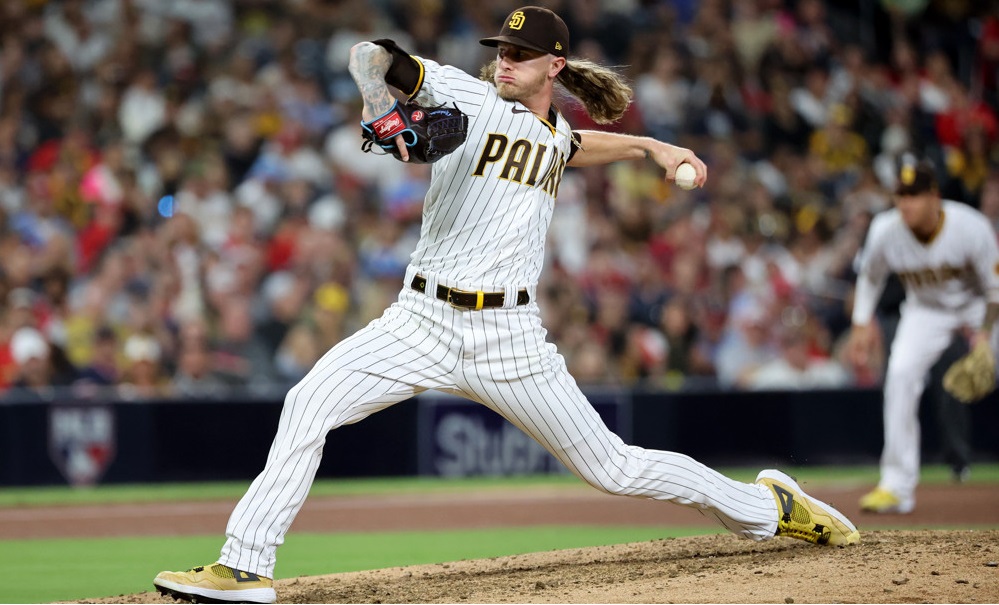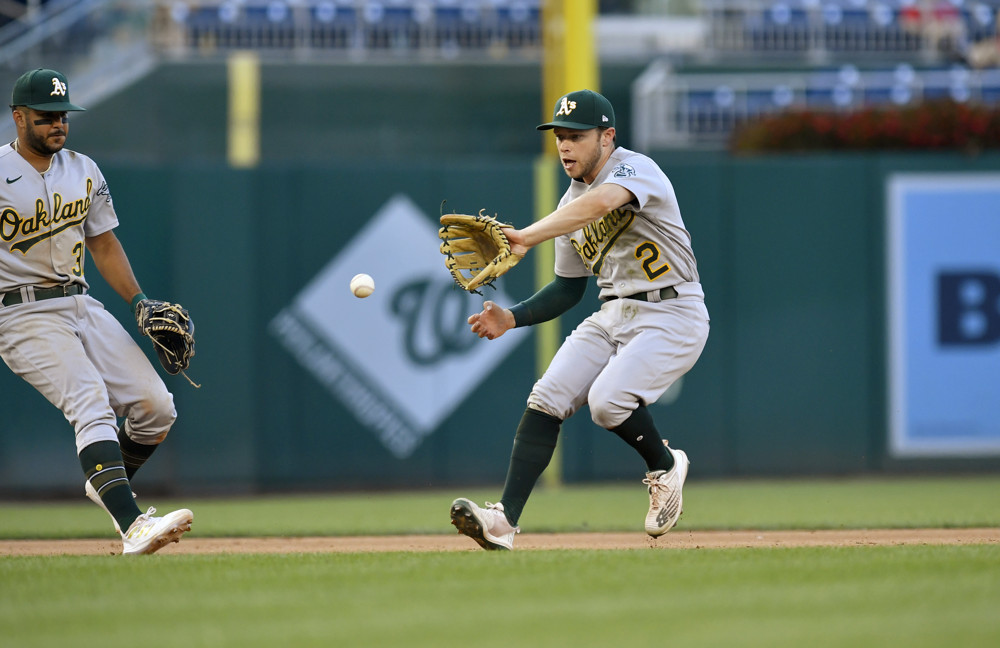By MARK SIMON
Leading up to Opening Day, we’re going to preview all 30 MLB teams and how they could fare defensively in 2021.
A team’s hitting and pitching are easy to evaluate when previewing a season but defense is a little harder because of the nature of the numbers available to assess a player’s skill.
But that sort of thing is our specialty and we’re happy to take our best shot at it.
Today’s look is at the NL East.
Braves
Greatest Strengths: Middle Infield, Corner Outfield, First Base
Biggest Weaknesses: Catcher, Third Base
The Braves are definitely an above-average defensive team and how much above average they are will depend on if top prospect Cristian Pache lives up to his billing as the top defensive prospect among outfielders.
Other than Pache, the Braves are solid in the infield, save for third base. Dansby Swanson has saved 16 runs the last three seasons at shortstop, including a position-leading 9 in 2020. Ozzie Albies saved the Braves a combined 22 runs at second base in 2018 and 2019, though he cost them a run in 2020. Freddie Freeman’s Runs Saved numbers don’t blow you away, but our stats show he’s among the best throw-scoopers in MLB.
Ronald Acuna Jr. has thrived in right field (9 Runs Saved in just under 400 career innings) and though he looks uncomfortable sometimes, Marcell Ozuna is not a liability in left field.
The concerns for the Braves are catcher Travis d’Arnaud and third baseman Austin Riley, who combined to cost the Braves 17 runs at those spots. Their bats are what drive their playing time.
Marlins
Greatest Strengths: A lack of weaknesses
Biggest Weaknesses: A lack of strengths
Ok, so this requires an explanation, and it’s simple as this: The Marlins don’t have any great defensive players. But they don’t have any huge liabilities either.
The Marlins top defenders in terms of defensive value are third baseman Brian Anderson and shortstop Miguel Rojas. But to show you what we mean: Anderson has 9 Runs Saved at third over the last two seasons (just over 1,000 innings) Rojas has saved 7 runs at shortstop over the last 4 seasons. They’re both reliable but not superstars.
As far as concerns, Starling Marte’s transition from left field to center field hasn’t gone as well as some would have hoped. His Runs Saved total has gone from 4 to -8 to -2 the last 3 seasons. But he’s within striking distance of being average. If Corey Dickerson and Adam Duvall can find their past success at the other two outfield spots, there’s the potential for the Marlins to be a decent defensive team.
Mets
Greatest Strengths: Shortstop
Biggest Weaknesses: A lack of positions producing positive value
The Mets have finished 24th or worse in Defensive Runs Saved in each of the last four seasons. They’re likely not going to be much better but could improve a little bit given the transition from Amed Rosario to Francisco Lindor at shortstop, as well as from Wilson Ramos to James McCann at catcher. Lindor is 45 runs better than Rosario there the last four seasons. McCann is 25 runs better than Ramos defensively the last three seasons.
The Mets biggest trouble spot is a big one, as they seem willing to give J.D. Davis everyday time at third base ahead of the more defensively-minded Luis Guillorme. First base is a notable issue too with Pete Alonso (-5 Runs Saved in 2020). The Mets also made a move to try to get better in center field but went with Kevin Pillar instead of Jackie Bradley Jr. Pillar has cost his teams 17 runs in center field the last three seasons. He’s better suited to play right, but Michael Conforto is locked in there.
Nationals
Greatest Strengths: Third Base, Center Field
Biggest Weaknesses: Right Field, First Base
The Nationals finished last in the majors in Defensive Runs Saved in 2020 and there are some questions to answer moving forward.
Is Victor Robles as good a center fielder as he was in 2019 when he led all players at the position with 23 Runs Saved? Or is he the player who cost his team four runs and whose ratio of Good Fielding Plays to Defensive Misplays & Errors slipped from 22-to-16 to 3-to-9?
And can Carter Kieboom build on a season in which he saved 4 runs in a little more than 250 innings at third base?
If both happen, Washington should be a little better. But the Nationals also have to wonder how the move from left field to right field will impact Juan Soto, who has shown a propensity for a lot of mistakes. He cost the Nationals 8 runs in left field last season.
Washington did shake things up in the field a bit, though two notable players they added (Josh Bell and Kyle Schwarber) don’t have great recent defensive histories. In fact, Bell cost the Pirates 15 runs at first base the last three seasons, the second-worst total at the position.
Phillies
Greatest Strengths: If it’s the right year, right field, shortstop, and catcher
Biggest Weaknesses: Third Base
The 2020 Phillies ranked 28th in Defensive Runs Saved and got positive value from only one position – pitcher. But things might get worse before they get better. The team’s likely primary lineup features eight position players who were all on the team last season.
However, there is talent there that has shown itself in the past.
The Phillies’ best hope is if Bryce Harper plays right field like its 2019 (11 Runs Saved) and J.T Realmuto catches like it’s that season (12 Runs Saved) and not the negative value years of 2018 and 2020 for each of them, and if Didi Gregorius dials it back to 2017 (8 Runs Saved). Similarly Andrew McCutchen isn’t far removed from a season of 5 Runs Saved before getting injured in 2019. Even Rhys Hoskins produced positive value at first base in 2019 before slipping to -5 Runs Saved in 2020.
The biggest of several defensive concerns is the hot corner, which will be manned by Alec Bohm. Bohm made a bevvy of mistakes in his 38-game debut season and cost the Phillies 6 runs there.


